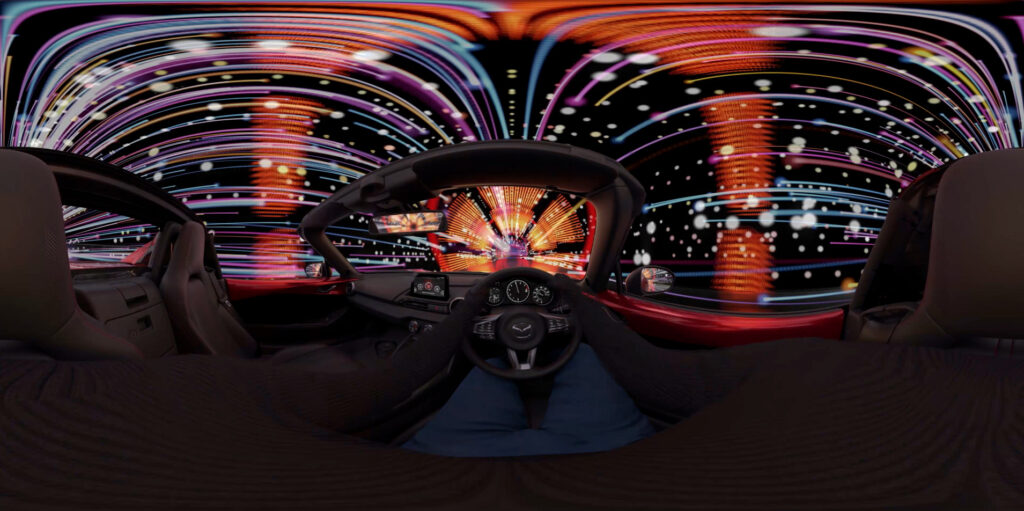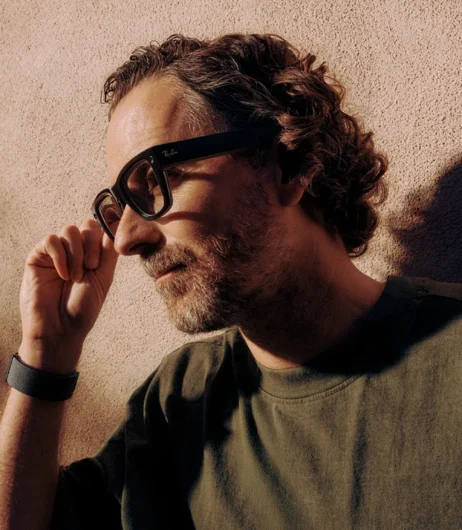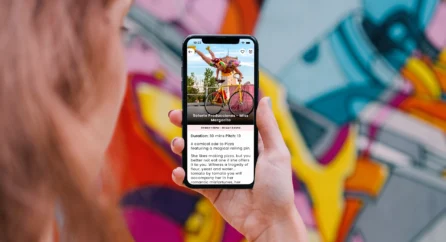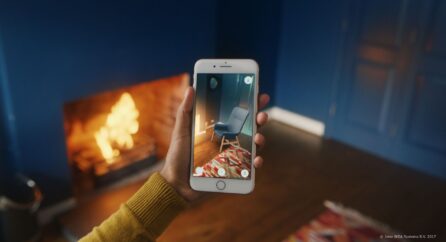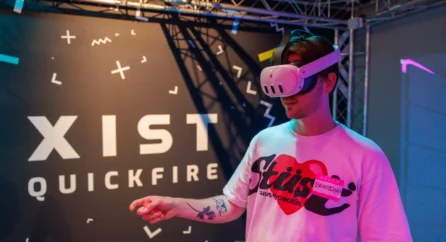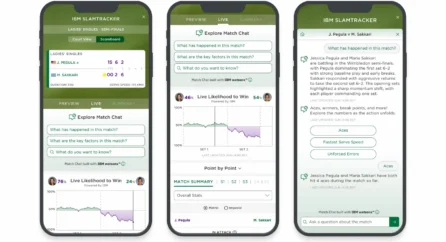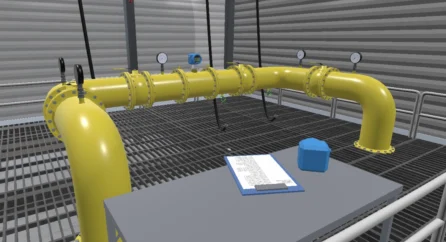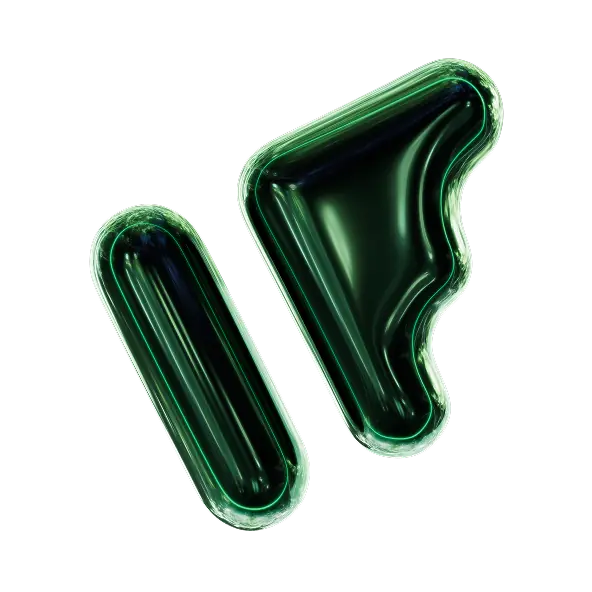Home Knowledge Base 4D VR experiences: enhancing immersion with sight, sound and touch
4D VR experiences: enhancing immersion with sight, sound and touch
2nd October 2019

The aim of virtual reality (VR) is to create experiences that feel lifelike. So far, VR has focused on high-quality visuals and spatial audio. Now, more experiences are pushing the envelope further, introducing extra sensory elements to create a 4D experience that boosts immersion and realism.
Focus on your senses
A truly immersive experience doesn’t just show information – it helps the brain perceive it as it would in the real world. When senses don’t match, users may experience motion sickness or nausea. Vision is the dominant sense, so getting visuals right is the first priority.
Good visuals don’t need to be photo-realistic – they must be believable. Techniques like stereoscopic 3D enhance depth perception, and correct frame rates ensure the virtual world moves naturally with the user. Objects like doorways, furniture, or any fixtures should feel correctly scaled to reinforce realism.
Surround yourself with sound
After visuals, audio is key. Sounds must match the environment, with accurate direction and reverb, creating spatial audio. Spatial audio uses a full-sphere approach to mimic real-world sound, while binaural audio is optimised for headphones. Correct audio alignment reinforces immersion and makes the virtual world feel authentic.
Touch and physical interaction
This is the core of a 4D experience – matching touch and physical sensations to what you see and hear. This can include props, temperature changes, wind, or vibrations.
For example, a project with Lively Agency created a 4D VR test drive of the Mazda MX-5 RF:
- Users sat in a real car with a VR headset.
- Rumble speakers simulated engine vibrations.
- A 5:1 surround sound system created spatial audio, including wind and passing trees.
- Fans and heat bulbs simulated cool Icelandic winds and warm French sun.
The result was a fully immersive experience, instantly believable and far more impactful than visuals or audio alone.
Other applications include mapping props to the virtual world, such as holding a gun replica in a shooter game, which significantly increases realism.
The future of 4D VR: taste and smell
Researchers are exploring smell and taste to push immersion further. VR masks can simulate smells, and some experiences pair VR with real-world eating or drinking. For instance, Guinness created a VR experience in Tesco stores that enhanced taste through visual and audio cues.
While these senses are experimental, the most effective 4D experiences currently combine visuals, sound, and tactile elements to convince the brain that the virtual world is real.
Related posts

How creative agencies can use immersive tech to drive results

by Infinite Form
13th Sep 2024

How creative agencies can use immersive tech to drive results

by Infinite Form
13th Sep 2024

How creative agencies can use immersive tech to drive results

by Infinite Form
13th Sep 2024
